At the discussion session to evaluate the results of the implementation of the 2025 socio- economic development plan; the projected 2026 socio-economic development plan of the National Assembly on October 29, giving her opinion, delegate Dang Thi Bao Trinh - National Assembly Delegation of Da Nang City said that in just a few weeks, our country has continuously suffered from severe natural disasters. Last month, prolonged heavy rains caused flash floods and serious landslides in many northern mountainous provinces. Before the consequences could be overcome, these days, the central provinces have been submerged in heavy rain, deep flooding, landslides, many residential areas have been isolated, thousands of households have had to be urgently evacuated.
If in the past, severe natural disasters were often concentrated in the Central provinces, now the vortex of storms, floods and landslides has spread to the midlands and mountainous areas of the North with higher frequency, stronger intensity and greater destruction.
Images of buried villages, broken roads, and people struggling in floodwaters once again sounded the alarm that natural disasters are no longer an unusual phenomenon but are becoming a permanent challenge for the country, while the authorities are working day and night to rescue and support the people. What the country needs more than ever is not only support but also control and prevention by re-evaluating environmental impacts, reviewing planning and managing residential infrastructure development in accordance with natural laws.

Delegate Dang Thi Bao Trinh - National Assembly Delegation of Da Nang City spoke at the discussion.
According to the delegate, natural disasters in mountainous areas are the result of a combination of nature and humans, because in reality, many serious landslides in recent times are not outside the laws of nature. Due to the impact and intervention of humans, such as road opening, construction, rock and soil exploitation, hydroelectric power generation, economic forest planting or converting slopes for production. These activities have weakened the ecological shield, broken the fragile geological structure of the mountainous area, making each heavy rain a fierce test of the endurance of nature.
This raises the urgent need to view natural disasters not only as a climate event but as a cumulative consequence of uncontrolled exploitation that goes against the laws of nature.
Delegate Dang Thi Bao Trinh said that if natural disasters in mountainous areas are the result of the resonance between nature and humans, then mountainous infrastructure is the place that most clearly reveals the limits and differences in development.
In recent years, thanks to the attention of the Party and the State, the appearance of the highlands has changed significantly. Many new roads have been opened; suspension bridges and concrete bridges have gradually replaced temporary bridges; electricity, schools and stations have been gradually invested in. However, it must be frankly acknowledged that the technical infrastructure of the mountainous region is still a weak point of the national economy. Temporary bridges, thin roadbeds, weak drainage systems, and construction designs that have not adapted to geology, water flow, landslides and climate change. Just one heavy rain can disrupt traffic, cause goods to stagnate, prevent students from going to school, prevent patients from going to hospital, and each time the fragility of the infrastructure will become a lag in development and a depth of social risk.
Delegate Dang Thi Bao Trinh emphasized that the mountainous and midland regions of our country are priceless natural treasures, where majestic landscapes, cool climates and unique indigenous cultural values converge. From terraced fields, waterfalls, primeval forests to brocade weaving, cuisine, festivals and folk knowledge of the people and ethnic groups, these are resources for green and sustainable development. However, mountainous tourism is still held back by limitations in infrastructure and planning. Many regions have great potential but are still outside the national tourism map.
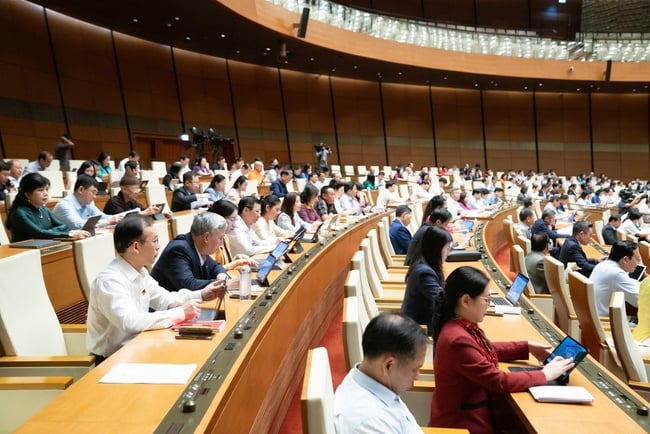
Delegates attending the discussion session on October 29
Delegates believe that this is the time to clearly define the direction of disaster-resistant infrastructure in national planning and medium-term public investment plans. Priority is given to regional connecting routes, inter-commune and inter-provincial roads, ensuring economic, cultural and social circulation to serve the development of mountainous areas.
The current situation of mountainous areas is suffering from many pressures at the same time. To overcome and create sustainable development for this area, delegate Dang Thi Bao Trinh proposed some key solutions as follows:
Firstly , it is necessary to establish a comprehensive, interdisciplinary and time-series assessment mechanism on the synergistic impact between construction, exploitation and residential planning on ecological balance. This must be a mandatory condition before approving mountainous projects, on which the Government needs to direct the development of a landslide warning map on public natural disasters on the national digital system so that people and authorities can proactively respond.
Second , strongly shift from infrastructure investment to sustainable infrastructure creation. All mountainous projects need to be designed to meet criteria of natural disaster and geological resistance. Medium-term public investment planning needs to prioritize inter-regional and inter-commune transport routes, civil works, education and health care.
Third , investment in mountain tourism for economic development and cultural heritage preservation must be considered a pillar in the regional and national development strategy to both expand development space and preserve the identity and ecological environment of mountains and forests. There must be favorable mechanisms and policies for people, especially women and ethnic minorities, to become the main subjects in mountain tourism development.
Fourth, every policy of relocating people needs to go hand in hand with a long-term livelihood plan. At the same time, build a mechanism for preventing and responding to natural disasters, promptly complete the national risk map, and install a modern early warning system in vulnerable areas and points. Each commune and village must have a community safety team that is trained, equipped, and connects information with higher authorities so that people are not passive and surprised when natural disasters strike.
"It is time for us to see mountainous areas not only as difficult areas but also as areas with great opportunities for green development and preservation of indigenous cultural heritage. Investing in mountainous areas is not only to overcome the consequences of natural disasters but also to invest in long-term stability for the livelihoods of millions of people, for environmental security and sustainable development of the country," said delegate Dang Thi Bao Trinh.
Source: https://bvhttdl.gov.vn/dau-tu-cho-du-lich-mien-nui-de-phat-trien-kinh-te-bao-ton-di-san-van-hoa-phai-duoc-xem-la-mot-cot-trong-chien-luoc-phat-trien-vung-va-quoc-gia-2025102920370584.htm



![[Photo] Human love in the flood in Hue](https://vphoto.vietnam.vn/thumb/1200x675/vietnam/resource/IMAGE/2025/10/29/1761740905727_4125427122470875256-2-jpg.webp)
![[Photo] New-era Party members in the "Green Industrial Park"](https://vphoto.vietnam.vn/thumb/1200x675/vietnam/resource/IMAGE/2025/10/30/1761789456888_1-dsc-5556-jpg.webp)
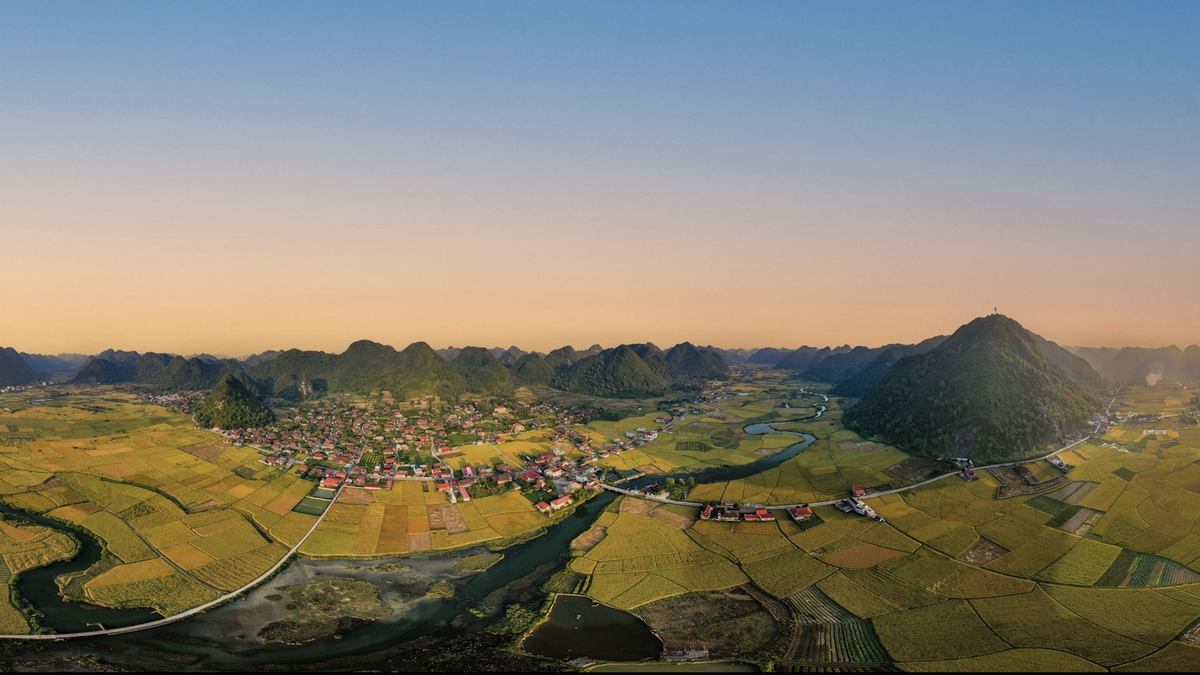
![[Photo] Prime Minister Pham Minh Chinh chaired a meeting to evaluate the operation of the two-level local government model.](https://vphoto.vietnam.vn/thumb/1200x675/vietnam/resource/IMAGE/2025/10/29/1761751710674_dsc-7999-jpg.webp)

![[Photo] Fall Fair 2025 - An attractive experience](https://vphoto.vietnam.vn/thumb/1200x675/vietnam/resource/IMAGE/2025/10/30/1761791564603_1761738410688-jpg.webp)
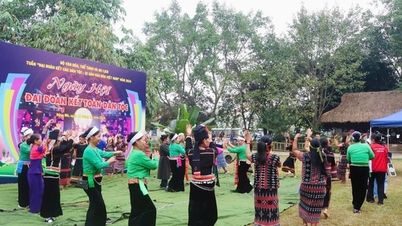



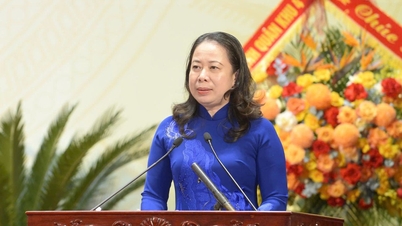






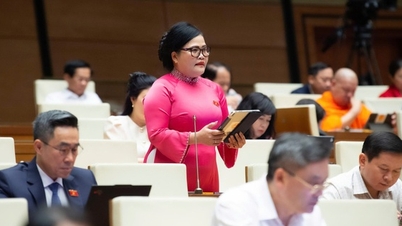


![[Live] Concert Ha Long 2025: "Heritage Spirit - Brightening the Future"](https://vphoto.vietnam.vn/thumb/402x226/vietnam/resource/IMAGE/2025/10/29/1761743605124_g-anh-sang-am-thanh-hoanh-trang-cua-chuong-trinh-mang-den-trai-nghiem-dang-nho-cho-du-khach-22450328-17617424836781829598445-93-0-733-1024-crop-1761742492749383512980.jpeg)

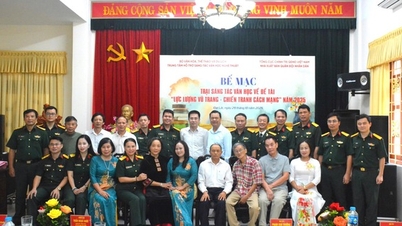





















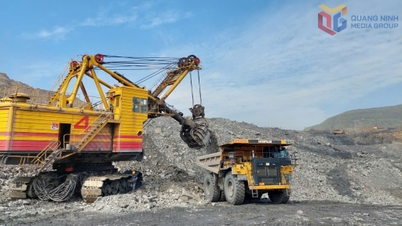





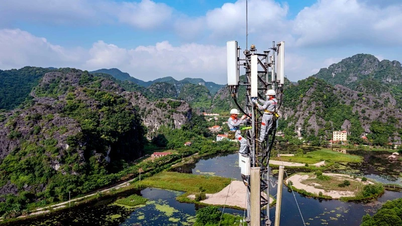


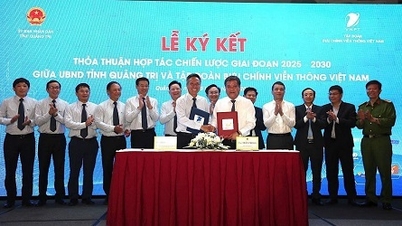







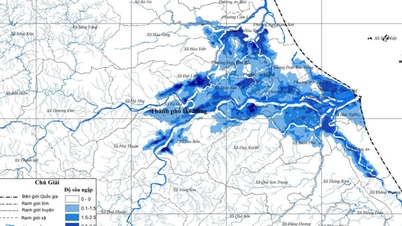





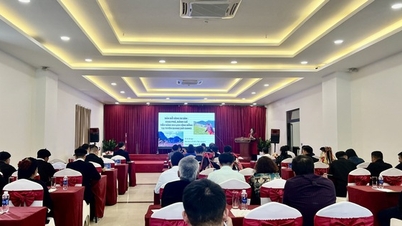
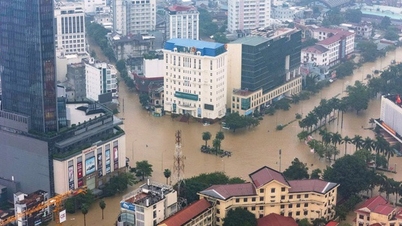


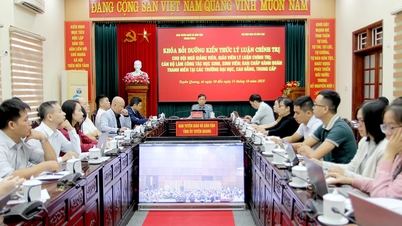





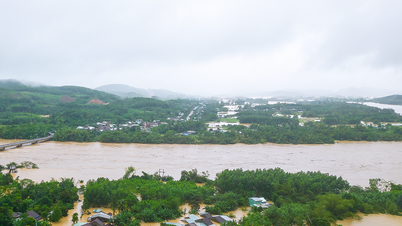
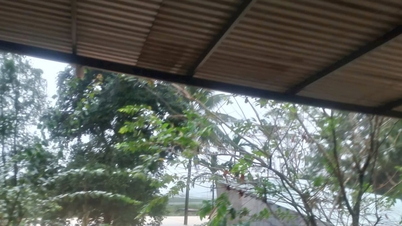














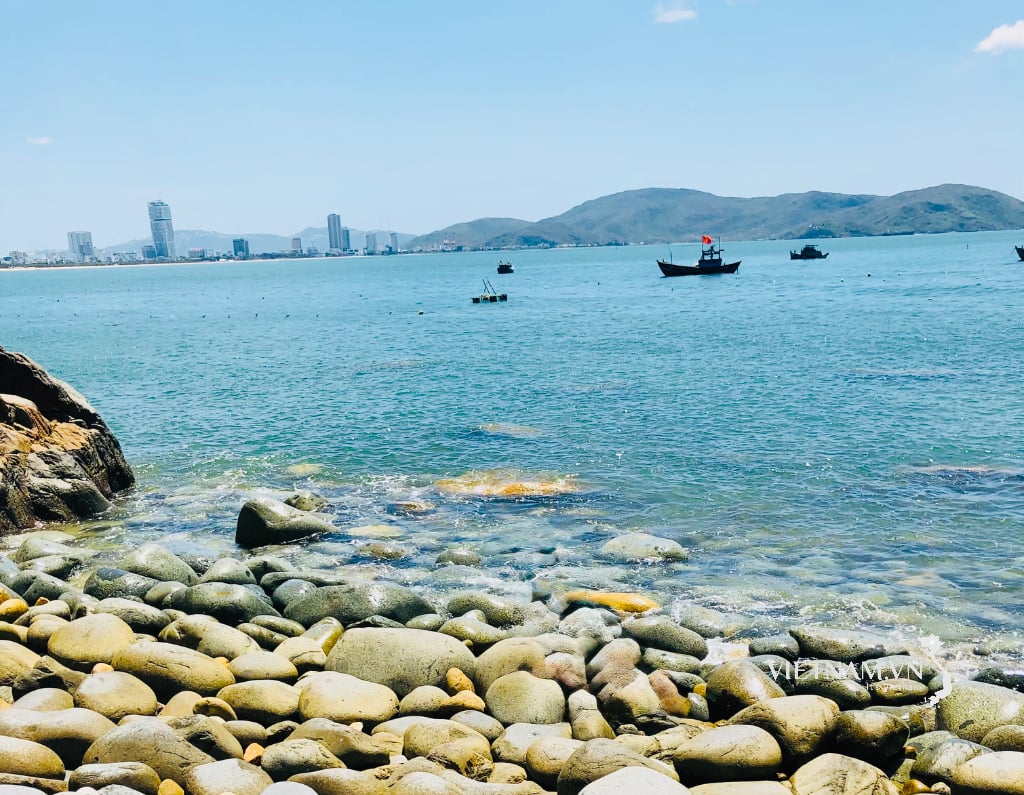

Comment (0)